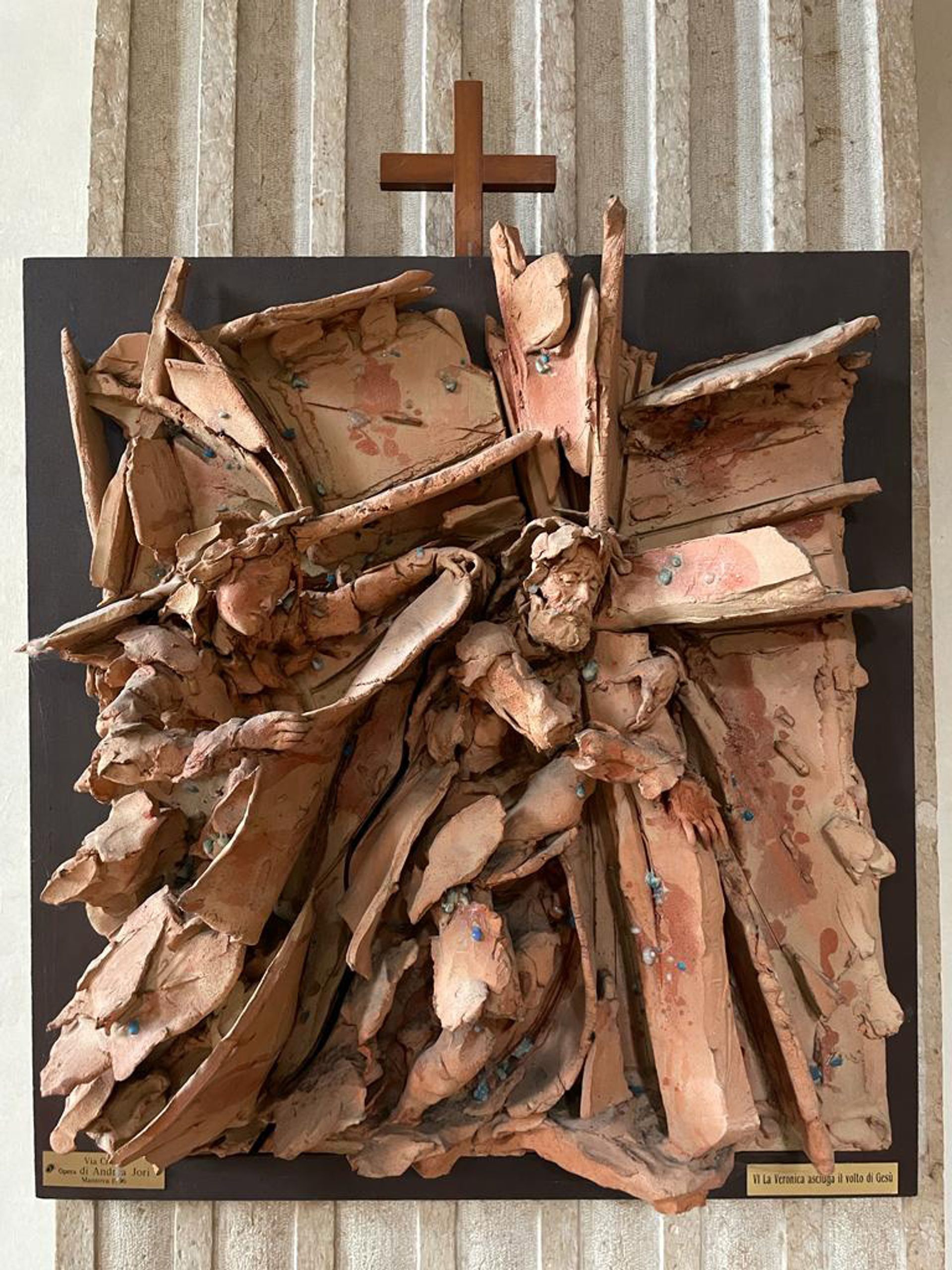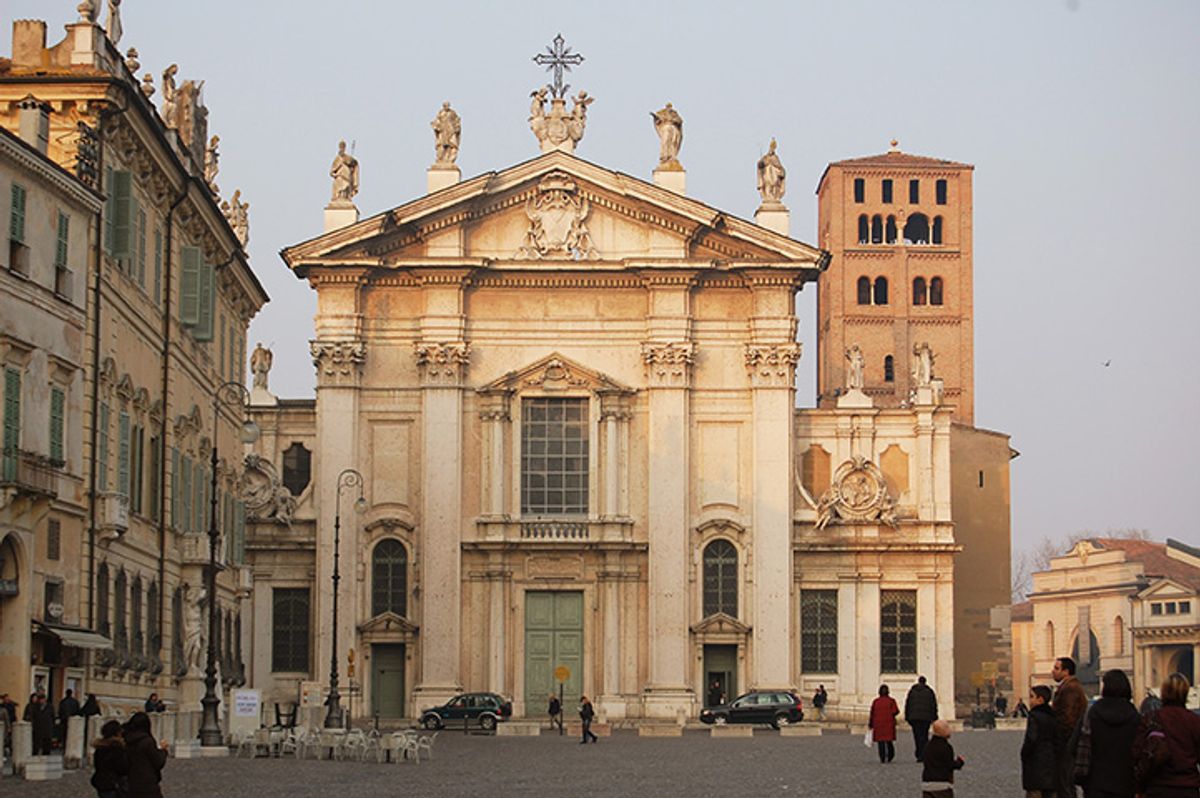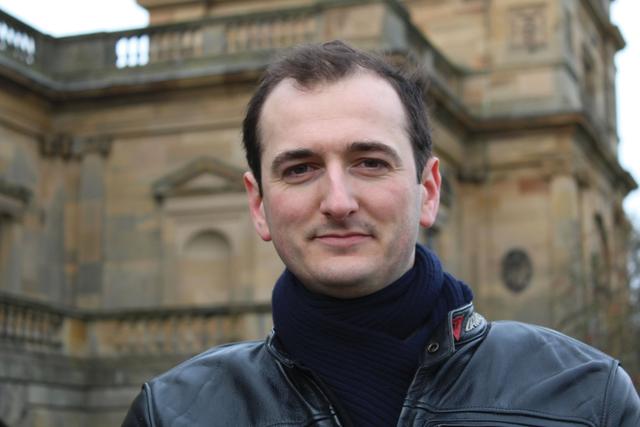Modena Cathedral, which my wife and I visited this summer, is one of those places that blows your mind about the creative genius of the Italian Renaissance. I’ve always thought terracotta sculpture was the purest form of artistic expression—with just fingers and a lump of clay, a sculptor can create works of the greatest power, but only if they have the talent—and in Modena you can see some of the best terracotta sculptures of the 15th century. The dexterity of Michele da Firenze’s Altare delle Statuine is extraordinary, each figure feels so perfectly and spiritually present. If I were a sculptor, I’d look at such works and wonder if there was any point even trying.
Then we visited Mantua, which we expected to be touristed out, but it was just us and the locals, and the mosquitoes. In the Palazzo Ducale there were more people selling and checking tickets than visitors (though that’s not unusual in Italian museums). The sign said we could only spend five minutes admiring Mantegna’s frescoes in the Camera degli Sposi, but after half an hour we still had the place practically to ourselves. What an amazing, rambling place the Palazzo is, hall after hall with the decorative dial turned up to 11.
But as a Brit, I did begin to feel a little guilty. By the 1620s the Dukes of Mantua were broke, and for less than £30,000 (hardly any money, about £5m today) King Charles I stripped the Palazzo bare. Shiploads of Titians, Raphaels and Mantegnas left Mantua, and the gaps on the walls are still there. It feels hard to accept that displaying Mantegna’s Triumphs of Caesar in an orangery at Hampton Court ever since has been to humanity’s benefit. At least Charles did not get his hands on the Mantuan set of Raphael’s Sistine Chapel tapestries (he already had the original cartoons), and today, recently restored and in excellent condition, they are beautifully displayed in the Palazzo.
Any sadness we felt about the removal of so much art from Mantua was dispelled in the most surprising way in Mantua Cathedral. There we found the stations of the cross in terracotta by a contemporary artist called Andrea Jori. They combined traditional figurative elements—Christ is there in agony on the cross, as he might be in a Michele da Firenze—but constructed with great originality, using abrupt slabs of terracotta which seem to explode with the force of Christ’s suffering. Here was a 2,000-year-old story, depicted in an ancient medium, but in an entirely new way. They were the best contemporary religious sculptures I’d seen.

Andrea Jori's sculpture for Mantua Cathedral
We googled Andrea Jori and found he lived locally. I emailed, was he open to visitors? Ping—of course! And that afternoon we were in his studio, looking at his studies for the sculptures in Mantua Cathedral. He told us how he blended his own clay to get the perfect colour. He showed us his tools, sticks and wire, nothing more than they used in the 15th century, and we concluded he had magic fingers. He answered our questions with that modest frankness you find in artists who can actually make beautiful things (and a world away from the verbosity of art historians like me who write about them). And we discussed the importance of church patronage for artists in Italy today. It turns out Andrea’s family have been artists for hundreds of years. In that sense, and despite the rapaciousness of collectors like Charles I, the creative genius of the Italian Renaissance lives on.



